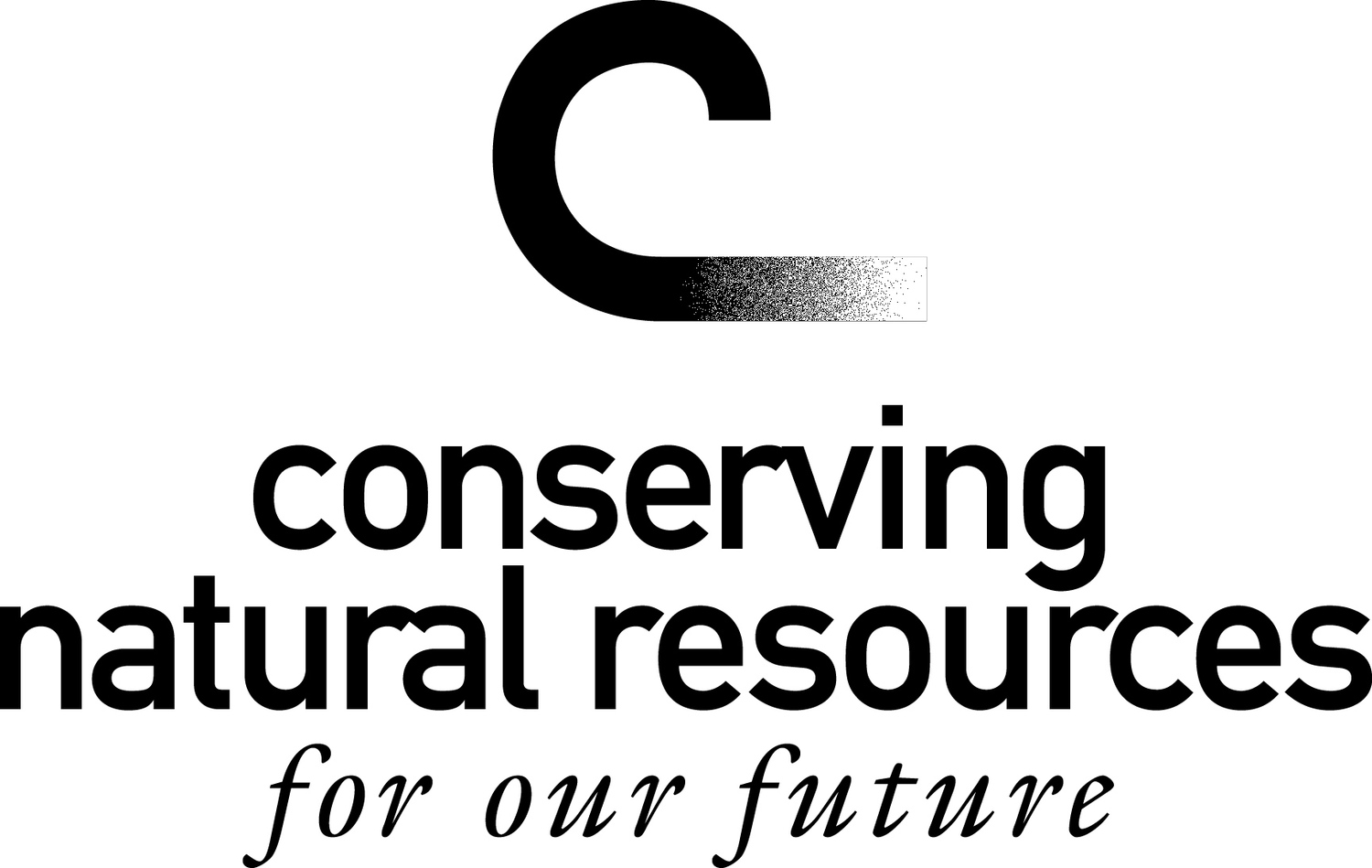The Southwest Maui Watershed Plan is an effort sponsored by the Central Maui Soil and Water Conservation District with the goal of developing a plan for improved water quality in the Hapapa, Wailea, and Mo`oloa watersheds of South Maui. The planning area includes lands mauka to makai, from Makena to Ma`alaea Bay.
South Maui’s nearshore waters have been deemed "impaired" by the state Department of Health. The people of Maui had opportunities to work together to develop this plan.
The process is part of an adaptive management cycle: Monitor, Assess, Report, Act (and back to Monitor). Monitoring is continuous. Assess = is it meeting goals? Report = States report their assessments to the EPA, which reports to Congress. Assess and Report happen every two years. Act = permitting, and planning.
The result will be recommended Best Management Practices (BMPs) for all land uses to help land managers and users better protect our natural resources.
Overview of SMWP and Watershed Planning Process
Funding for this project is provided under an EPA 319 grant. The watershed is defined based on hydrology and includes all waters above and below ground, and the ocean near shore. At minimum, the plan will provide for the waters to meet the basic Clean Water Act goals of being fishable and swimmable. Other Clean Water Act goals include 1) eliminating point source discharges of pollution, covered under NPDES permits regulating wastewater discharges from private industry and utilities, also construction site runoff (for sites larger than one acre); and 2) controlling non-point sources of pollution such as ag, and urban runoff. This is our main focus. We have to look at the whole, and measure the mass of pollutants. Knowing the pollutant sources, types, and amounts leads to management and planning.
This watershed work is different than other watershed work on Maui as it is focused on water quality, identifying pollutant sources, and estimating the pollutant loads entering the waterbodies. Everything is becoming more quantitative. We are looking at pollutant sources, and will be recommending BMPs that we think will reduce loading from those sources, which is the first step in management.
The EPA watershed planning process uses a series of cooperative, interactive steps to characterize existing conditions, identify and prioritize problems, define management objectives, and develop and implement protection or remediation strategies as necessary. It has been developed to help communities, watershed organizations, state, local, tribal and federal environmental agencies develop and implement watershed plans to meet water quality standards and protect water resources.
Step 1 Build Partnerships
Step 2 Characterize the Watershed
Step 3 Set Goals and Identify Solutions
Step 4 Design Implementation Program
Step 5 Create Watershed Plan
Step 6 Implement Watershed Plan
Step 7 Measure Progress and Make Adjustments
The causes of pollution and the sources of it will be determined. The information is also being inventoried in order to identify data gaps (only existing data is being used). Once this step is completed, the group will identify solutions, set goals on how the watershed should function and give a value to measure success (what are the indicators and what are the targets). Eventually this will lead to an implementation plan.
For more information visit the project website, at http://www.mauiwatershed.org/project/

